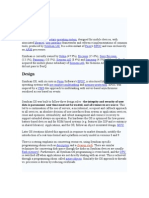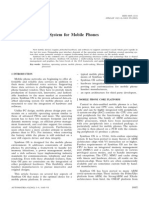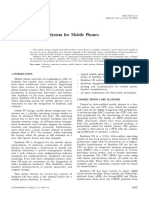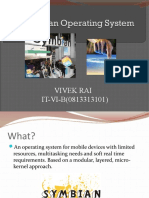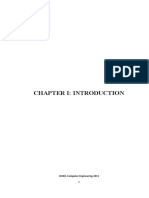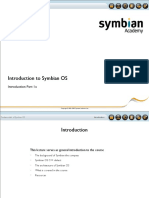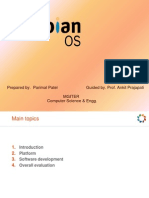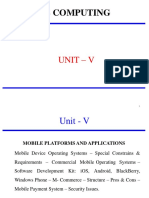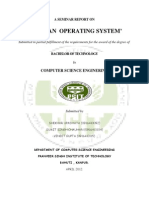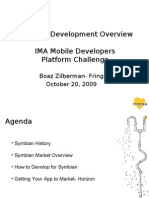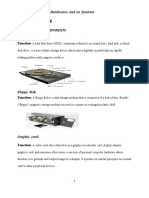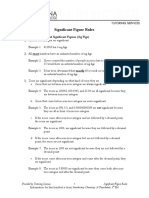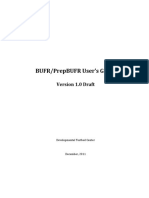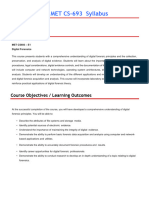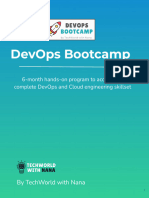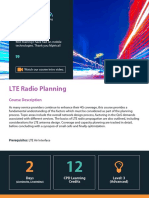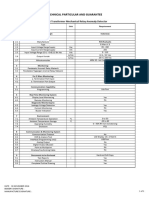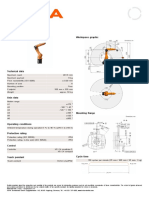0% found this document useful (0 votes)
32 views5 pagesSymbian OS
Symbian OS has a layered architecture running on ARM processors. It provides hardware abstraction and manages system resources through three layers - a kernel layer, network/security services layer, and an applications layer. Applications access hardware through device drivers and APIs. The memory management unit provides protected memory access. Symbian uses a client-server model where applications are clients and system services like file access are servers. Third party applications are distributed as installation files and users can launch them after installation. Development uses C++ and Java, with emulators mapping OS calls to Windows. Sample code shows the main function and basic classes for writing Symbian applications.
Uploaded by
bilnot9Copyright
© © All Rights Reserved
We take content rights seriously. If you suspect this is your content, claim it here.
Available Formats
Download as DOCX, PDF, TXT or read online on Scribd
0% found this document useful (0 votes)
32 views5 pagesSymbian OS
Symbian OS has a layered architecture running on ARM processors. It provides hardware abstraction and manages system resources through three layers - a kernel layer, network/security services layer, and an applications layer. Applications access hardware through device drivers and APIs. The memory management unit provides protected memory access. Symbian uses a client-server model where applications are clients and system services like file access are servers. Third party applications are distributed as installation files and users can launch them after installation. Development uses C++ and Java, with emulators mapping OS calls to Windows. Sample code shows the main function and basic classes for writing Symbian applications.
Uploaded by
bilnot9Copyright
© © All Rights Reserved
We take content rights seriously. If you suspect this is your content, claim it here.
Available Formats
Download as DOCX, PDF, TXT or read online on Scribd
/ 5





